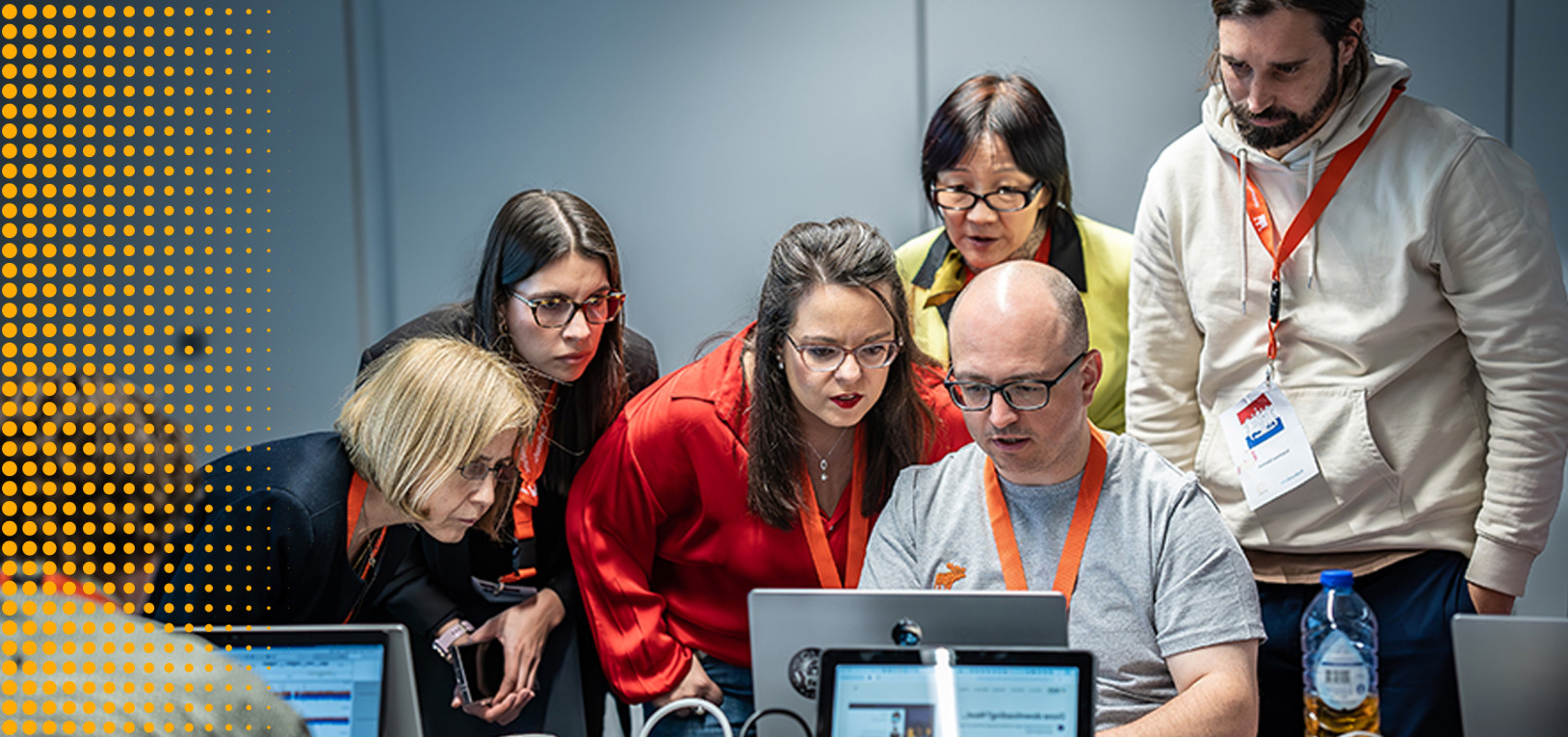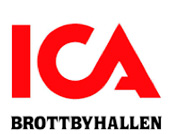Wilhelm Foundation Undiagnosed Hackathon Clinical Phenotyping Workshop
Phenotyping, such as history taking, examination and investigations, is the cornerstone of a clinician’s daily work. It guides diagnosis, informs management and is the basis for monitoring treatment response. It is a prerequisite for assessing the natural and treated history of disease. And, critically, it is the story and voice of the person living with undiagnosed and diagnosed diseases (Baynam et al, 2015)
Phenotyping remains critical to rare diseases diagnosis, and care:
1.Phenotyping prior to genomic testing (forward phenotyping) informs genomic test analysis e.g. via human phenotype ontology terms) to increase the likelihood of achieving a diagnosis; and also reducing the probability of variants of uncertain significance, forward phenotyping.
2.Phenotyping is often required post genomic testing (reverse phenotyping) for assessing the clinical significance of a variant identified by genomic testing, especially in the event that the respective gene and/ or condition was not considered in the differential diagnosis prior to genomic test request (Wilczewski et al, 2023)
The need for advancing skills in bioinformatic analysis of variant data is unquestionable. Also, the increasing access to (gen)omic testing is driving an increase in, not a reduction of, the need for precise and nuanced phenotyping (Hennekam & Biesecker, 2012), using long standing and newer methodologies. Yet, the relative focus on phenotyping training is at risk of being diminished.
In addition to the general importance of phenotyping, its utility has been specifically shown through the experience of the 2023 (Stockholm) and 2024 (Nijmegen) Undiagnosed Hackathons. Accordingly, a short course on phenotyping modelled on the successful Manchester Dysmorphology/ ESHG Syndromology course (See Appendix 1) was raised by international rare disease experts as a means to upskill Undiagnosed Hackathon participants, including, but not limited to, those from low-and middle-income countries (LMIC) and in a manner that supports and builds the capability of trainees and non- experts in rare and undiagnosed diseases.
To support attendance of those from LMIC, the 2-day course can immediately precede the Undiagnosed Hackathon. In similarity to the Informatics Tools Workshop held at the 2024 Hackathon, this will support upskilling prior to data analysis. Adaptations will include drawing from international dysmorphology experts through the people and networks associated with the Undiagnosed Hackathon and the Undiagnosed Diseases Network International. The initial meeting is planned for South Africa, with the local host Champion Professor Shahida Moosa, Stellenbosch. Specifically, a two-day
workshop on phenotyping April 27-28, in conjunction with the Global Undiagnosed Day April 29. The annual timing and partnering of the event can be tailored to maximise opportunities to support LMIC capacity building, for instance, like the inaugural meeting, this can include partnering to meetings organised in LMIC. The model will be iterated based on experiences and feedback.
The course will be anchored on the clinical skills for identifying and describing abnormal clinical phenotypes (dysmorphology) on examination that can inform rare disease diagnosis of syndromic and non-syndromic rare diseases. It will focus to skills that can be applied anywhere and in any setting independent of the degree of resourcing. Secondarily, it will also highlight newer phenotyping technologies such as 2D and 3D facial analysis. The course frequency will be 2 yearly, thereby occurring in alternating years to the biannual Manchester Dysmorphology Course. This course can complement and dovetail with more extensive longer term training across the breadth of rare and undiagnosed disease (Tumiene et al, 2022) such as the European Union of Medical Specialities (UEMS) Competency on Rare and Undiagnosed Disease
The course will be anchored on the clinical skills for identifying and describing abnormal clinical phenotypes (dysmorphology) on examination that can inform rare disease diagnosis of syndromic and non-syndromic rare diseases. It will focus to skills that can be applied anywhere and in any setting independent of the degree of resourcing. Secondarily, it will also highlight newer phenotyping technologies such as 2D and 3D facial analysis. The course frequency will be 2 yearly, thereby occurring in alternating years to the biannual Manchester Dysmorphology Course. This course can complement and dovetail with more extensive longer term training across the breadth of rare and undiagnosed disease (Tumiene et al, 2022) such as the European Union of Medical Specialities (UEMS) Competency on Rare and Undiagnosed Disease







